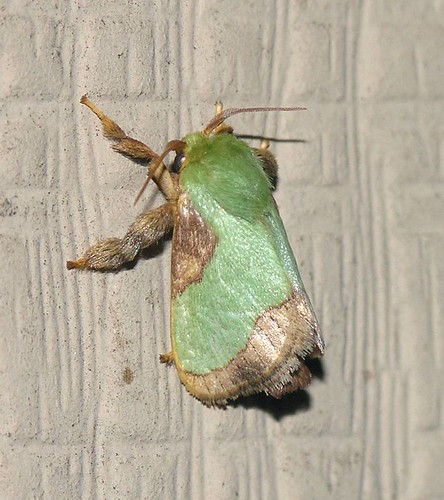(Photo: 7/01/09 by Marvin)
Delaware Skipper Butterfly (Anatrytone logan)
Definitely a Skipper.
Definitely a Grass Skipper.
IDed on BugGuide as a Delaware Skipper.
According to Butterflies and Moths of North America:
Identification: Wings are bright yellow-orange. Upperside has black borders and black veins near the margins; forewing has a black bar at the end of the cell. Females have wider borders and darker markings than males. Underside has no markings but may have darker orange veins.
Wing span: 1 - 1 11/16 inches.
Range: Southern Maine west across the Great Lakes states and southern Canada to central Montana; south to Florida, the Gulf states, Texas, northeastern New Mexico, and the Mexican highlands to El Salvador.
(Please go to the Butterflies and Moths website for more information on this species.)
Definitely a Grass Skipper.
IDed on BugGuide as a Delaware Skipper.
According to Butterflies and Moths of North America:
Identification: Wings are bright yellow-orange. Upperside has black borders and black veins near the margins; forewing has a black bar at the end of the cell. Females have wider borders and darker markings than males. Underside has no markings but may have darker orange veins.
Wing span: 1 - 1 11/16 inches.
Range: Southern Maine west across the Great Lakes states and southern Canada to central Montana; south to Florida, the Gulf states, Texas, northeastern New Mexico, and the Mexican highlands to El Salvador.
(Please go to the Butterflies and Moths website for more information on this species.)
.





